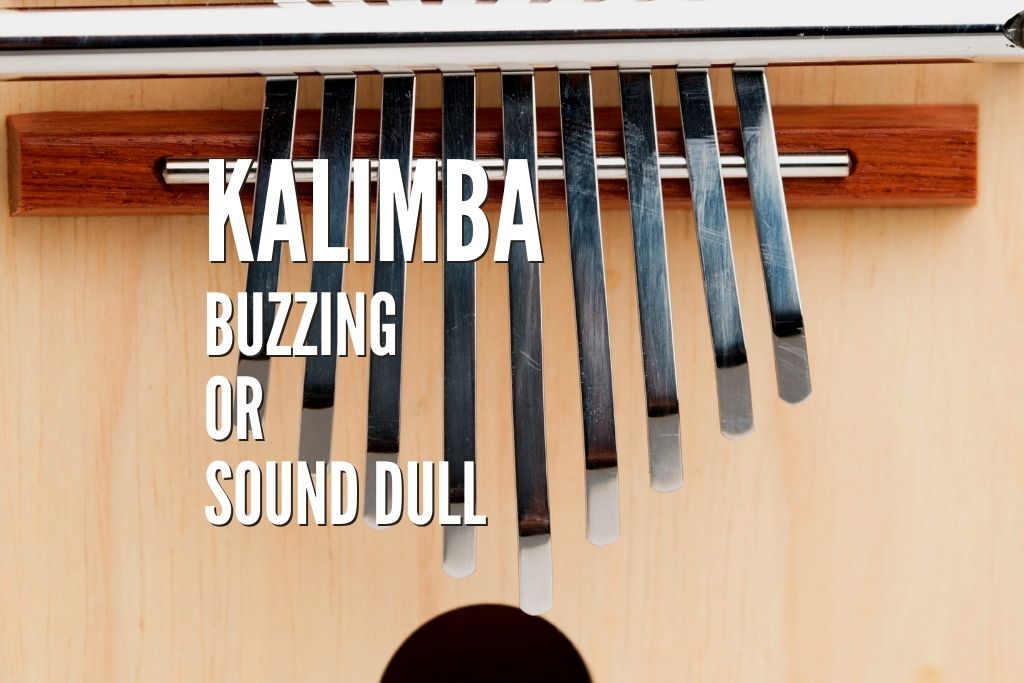If you bought kalimba, or if you ever had any experience with the instrument, it is possible that you noticed buzzing. Now, the buzzing is a part of the charm of mbira, which is an ancestor of the kalimba.
However, kalimba is not the instrument that should buzz, and if this happens, you should try to fix the instrument and remove buzzing.
The reason why kalimba can buzz is that tines are not polished, or they are touching a part of the bridge by accident.
Another common problem is having your higher notes sound dull and less responsive. Here, I will go through both issues, and I will cover the reasons why this might happen, as well as different ways to fix it by yourself.
Why Is Kalimba Buzzing And Reasons Why This Might Happen
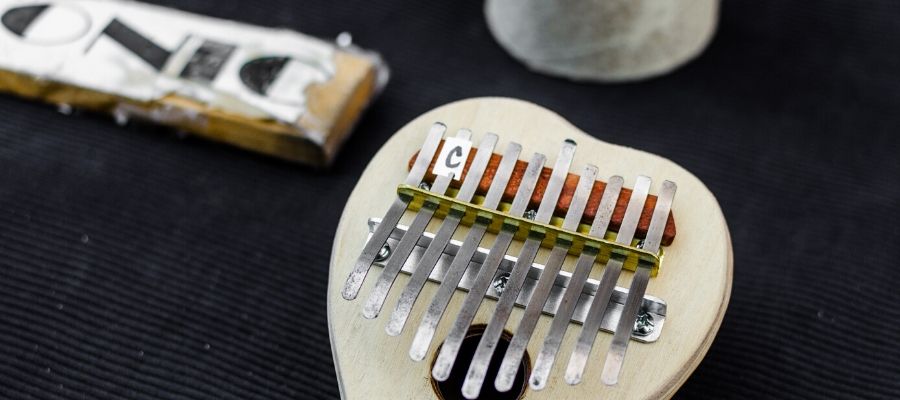
The first thing you’ll need to do to make your instrument playable is to keep it in tune. But even if you tune your kalimba properly, there is still a chance that odd buzzing will appear.
Usually, there will be a single note with the buzz, and others won’t create any irregular noise. This means that changing the pitch of the tine is not an option and you will have to find a different way to eliminate buzzing.
So, why does this happen? When you start playing the kalimba, each of the tines will vibrate when you pluck them. While this is so much fun for us, it creates a lot of stress on the material, and cause it to buzz.
If you take a look at the thumb piano, you’ll notice that there is a wooden box that usually has a hole in it. But besides the wooden parts, there are others made of metal. Steel tines are placed on a bar or a bridge.
Once you pluck the tine, it will vibrate and transfer its vibration over to the bridge of the instrument.
While you won’t break the bridge with this type of vibration, and there is no way to achieve resonance, you can still create micro-tears in the metal bar which will, as a result, start buzzing.
Furthermore, there is a friction between the tines and the bar, and whenever you play it will force tines to “rub” over the bridge and wear it out. Of course, these changes are not as significant as it might sound, and you won’t have to worry about “eating” the entire bridge.
The last type of problem is bad quality control from the manufacturer, where they will simply ship incomplete instruments that are not as polished as they’re supposed to be.
How To Fix Buzzing
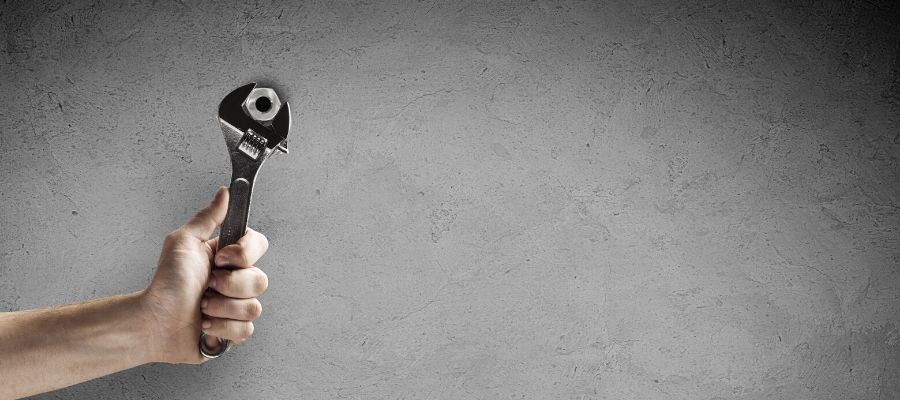
If all of this made you scared a bit, there is no reason for that. Fixing a buzzing kalimba is as simple as it gets, and you’ll be able to do it in no time.
The first and easiest way you might fix this is by moving tines. There is no reason for you to remove them or anything, you will just wiggle the problematic tine, and see you can fix the problem by slightly changing its position.
It is possible that the bar under the tines is a bit damaged from playing, friction, and vibrations, and moving the tine to a less problematic position might solve your problem. On kalimba, tines shouldn’t be completely fixed and immobile, and it is possible for you to move them using your fingers only.
Another thing you might try is to grind it a bit while moving it to try and “remove” the problematic part of the bridge.
But if this method fails, you can try another one that can be as successful as the first one. For this, you will need a small piece of paper. All you have to do is take the paper, and slide it under the tine until it goes under it.
The method is similar to using the sandpaper, and you will try to fix microscopic deformity in the material. Unlike sandpaper, the regular paper won’t remove too much of the material, and you will hardly notice any difference, except for the lack of buzzing.
There is also a chance that you will need to repeat this process a couple of times until your kalimba is completely buzz-free.
Check out this video if you are uncertain how the process works, and you can easily see every step of the fix.

Temporary Fix
Finally, you can try the “temporary fix” which won’t really eliminate the problem, but it can stop your kalimba from buzzing. This process is rather similar to the previous one, and you will still need a small piece of paper.
However, unlike the “sandpaper” fix, here you won’t try to polish the bridge and you will prevent it from buzzing instead.
The first step of the process is identical to the previous example, and you will cut a small piece of paper (the thinner the better). Once you’ve done that, you will slide it under the tine, and place it in a position between the tine and the bridge.
After that, all you have to do is remove the excess paper, and leave it like that. This means that the small piece of paper will stay under the tine like a pillow, and it will make contact between two pieces of metal tighter.
If you love the look of your kalimba, and if you are bothered with pieces of paper sticking out of it, you can always remove the visible part of the paper and leave only small “pillows” underneath the tine.
Another difference between the sandpaper method and this is that you can also use a soft fabric or a cloth to “polish” the bridge by wedging it under the tine, while here, you will only use paper since it is easy to remove the excess parts you don’t need.
Why Higher Notes Might Sound Dull
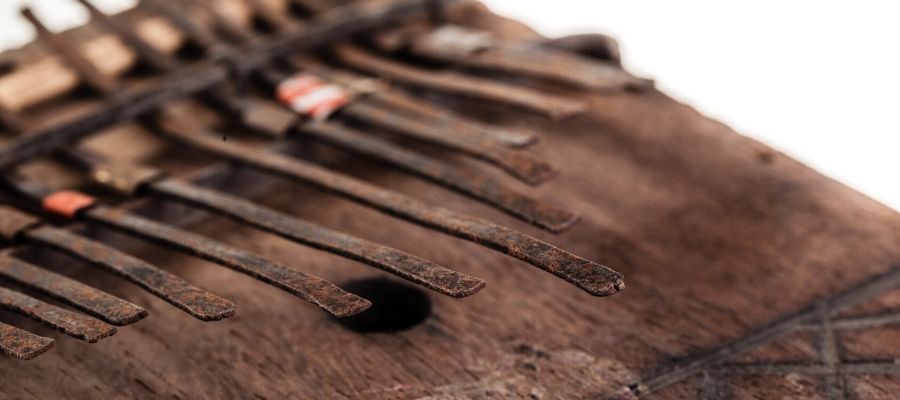
Regardless of the model of the kalimba you have, you probably noticed the difference between high and low notes. Now, we all know that these aren’t the same, but if you play the highest and lowest note side by side, you will probably notice that the higher one sounds dull.
The main reason for this lies in the design of the instrument. Higher notes or tines are a lot shorter than the lower ones, and this means that there is less space for vibration.
The thumb piano is based on vibrating tines, and if you have ones that aren’t able to do it, you might see where the problem is. But if you decide to move the tine, and make it longer and thus more responsive and resonant, you will change the pitch of the key, and you won’t be able to play it.
The lower you go through notes, the more resonant they will be, and the higher notes are almost always dull-sounding. And the worst thing is that it has nothing to do with the quality of the instrument. It is just something that is the flaw of the kalimba.
Another reason for the sound of the higher notes is in the box. The middle of the box, where the lower notes are, is quite open. There is a pretty little hole in the middle, and the wood is allowed to resonate freely.
But on the far left and right sides, the box is closed and there is an edge with sides. If you make a bigger box, it probably won’t resonate as well because it’s… well… too big.
How To Make Higher Notes Sound Good

Now, you understand that you can’t really change the length of the tine without changing the pitch, and you can’t find a kalimba with a bigger box. So is there anything you can do to make higher notes sound good?
To everyone’s surprise, the answer is yes. Now the change you will make is not in the instrument, but in you and your playstyle. You can’t fix this problem mechanically, but you can adjust to it, and make the best out of your thumb piano.
One of the best techniques you can use is to try playing faster on the higher notes. While this won’t solve your problem, it will actually make it sound better. Since higher notes won’t sustain as much as the lower ones, you will have more space to add more notes.
Faster runs over the shorter tines is a great way to simply cover and exploit the fact that there isn’t as much sustain as everyone would like.
But if you are a beginner or if the song doesn’t allow you faster runs, you can always change the intensity of each key. The first option is to play higher notes harder and with more force than the lower keys. This way, even without sustain, higher notes will be heard and they will have a place in your song.
Furthermore, you can use this technique other way around as well. Instead of adding more force to the higher notes, you can play lower keys softer to allow higher ones to be heard in a composition.
If you opt for the louder version, you will need to practice and experiment with the limits of kalimba, since playing it too loud and with too much force will make it sound bad.
Differences In Sustain Between High And Low Notes

The difference in higher and lower notes is present not only on kalimba but with any other instrument. If you take a look at the piano, the highest possible note will sound quite weak and dull. On the other hand, playing the lowest one is almost muddy and it doesn’t sound as good as mid-range notes.
The reason for this is that when you play the note, you are not creating a single frequency and there are a lot of overtones. Humans can, on average, register frequencies between 20 and 20.000 Hz, and everything under or over this range will be inaudible.
As you grow older, the range will shrink a bit, and even if you are in your twenties, you will still have problems hearing 20 Hz or 20.000 Hz.
We are most comfortable with mid-range frequencies, and this is why they will always appear louder. The higher the note is, the fewer overtones you’ll be able to hear, and it is the main reason why they always sound quite weak.
While kalimba has a lot fewer notes than a regular piano, we are still more comfortable hearing anything in mid-range. And if you combine that with the length of the tine, you will get a much weaker sounding note the higher you go up the register.
Picking A Different Material For Kalimba
As I said before, you can’t really mess with the length of the tines unless you want to change the pitch. However, you can always experiment with different materials and designs of your thumb piano.
Assuming you love playing the kalimba, you probably won’t have a problem getting a new one. We musicians love collecting instruments and you can never have enough of them.
Kalimba manufacturers use a lot of different wood for creating their instruments, and sometimes the simple change in wood can make a lot of difference. Each type of wood has a different density, and it will resonate in a different way.
This is why you should try (if you have a chance) playing some other type of kalimba and check if you like how it sounds.
For example, Gecko has a model made of camphor wood, and it is a solid-body kalimba. Some players claim that solid body instruments have a better response when it comes to the upper octave, and a model like this might be a perfect one for you.
Since solid body kalimbas are great for beginners, and they are a bit cheaper, you can try it out and see if they are as good as some people say.
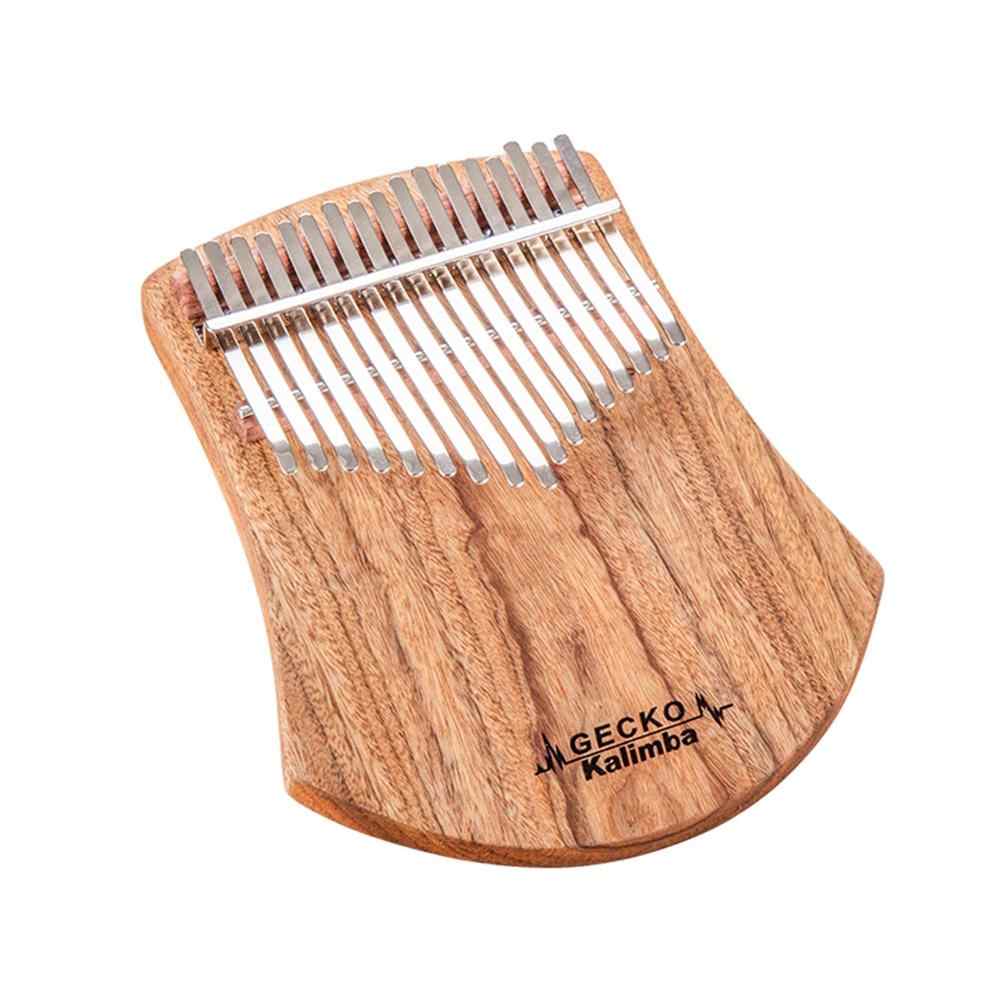
But camphor wood is not the only material, and kalimbas use anything from mahogany to koa. Each of these instruments will have different properties, and the sound that will come out of them will be unique as well.
So, one of the options you can always try is to experiment with different types of wood to get more of the sustain from higher notes. Just remember that higher pitches will hardly sound as good as lower ones, and it is something you’ll need to learn to compensate in your playstyle.
Keep Your Instrument Clean

It is worth mentioning that sometimes tines can lose on the sound quality due to gunk or any other type of dirt. If there is paint, gunk, dirt, dust, or anything else around the tine, it can prevent it from vibrating and lead to dull-sounding notes.
This is why you should always keep your instrument clean to avoid having to pay for avoidable repairs.
Sometimes, wiggling the tine can “release” it and allow it to vibrate freely, but other times, you will need to properly clean it to enable normal playing. While the previous talk still remains, and higher tines won’t sound as good as the lower ones, they might sound better after cleaning.
Besides moving the problematic tine left and right or forward and backward, try taking care of your kalimba if you want it to last and sounds good for a long time. As with any other instrument, proper care and maintenance are some of the most important things you should do.
Summary
Playing kalimba is fun, and it is one of the easiest instruments you can learn. But sometimes, it is possible for the note to start buzzing which is irritating and will prevent you from enjoying your play sessions. But fixing buzzing tine is rather simple.
There are several methods you can try out, and sometimes it is enough to simply wiggle the tine a bit until it stops buzzing. If this doesn’t work, try wedging a piece of paper between the tine and the bridge to remove the unpleasant buzz.
Furthermore, besides buzzing, another common problem is the lack of sustain in higher notes. Unfortunately, this isn’t something that can be fixed, and the best way to go around it is to adjust your playstyle to put an accent on the higher notes.
The sound of kalimba comes from the vibrating tines, and the higher notes are a lot shorter which prevents them from vibrating as much as the lower ones. With enough practice and some techniques, you’ll be able to learn how to compensate and make higher notes sound as good as any other.
If you found this article useful you may want to save this pin below to your Kalimba board


